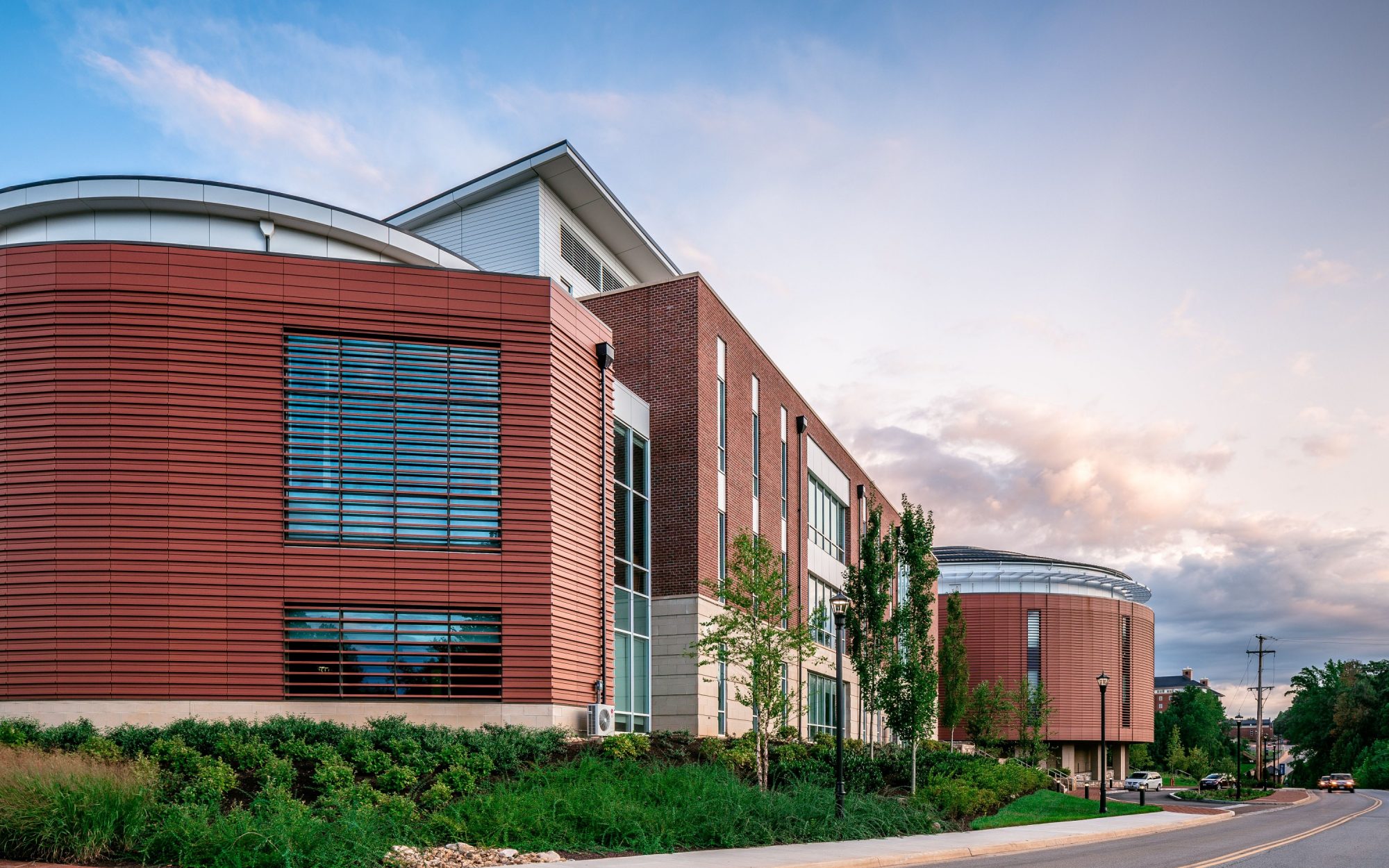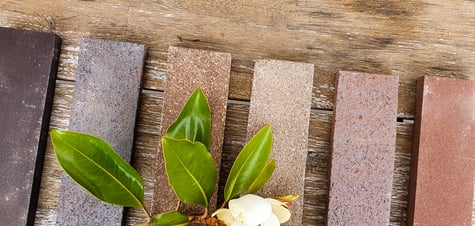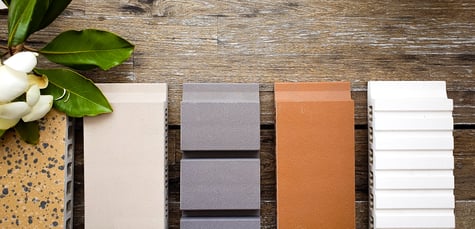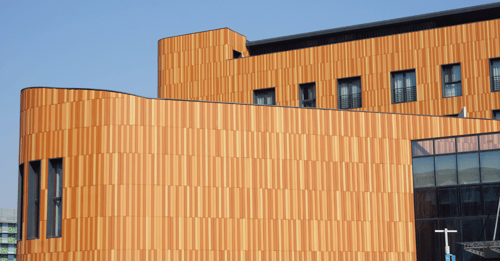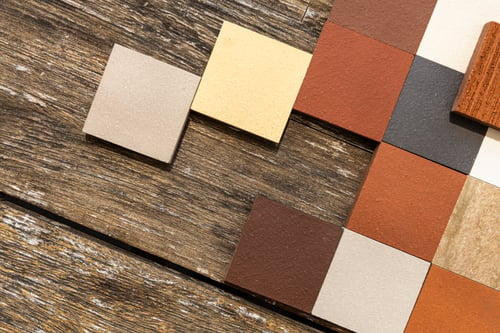Biophilic design is a contemporary concept about connecting people and nature within our built environments and communities.
This design trend is starting to infiltrate into landmarks in Australia’s built environment as architects and engineers are considering the building’s embodied energy rating into urban planning.
While we’re technically surrounded by nature, the quality of the nature that surrounds us has changed. Currently, 54% of the world’s population live in an urban environment. By 2050, it’s estimated that percentage will increase to 66% —two thirds of the world’s population!
Humans spend on average,93% of their time indoors separated from natural elements. Making smart, sustainable choices is the responsibility of today’s architect.
When we design buildings, we must consider the future, especially in terms of climate change. Architects have a crucial responsibility to design sustainable, energy-efficient structures, and active measures are needed to ensure the buildings of the future are ideally carbon-neutral. Considering the construction materials and their transport overall will contribute to carbon emissions. So, utilising lightweight, eco-friendly materials is common-sense in design concepts.
Waste disposal and biodegradation are also factors. Therefore, clever uses of materials that are tough, waterproof and warp-proof, yet won’t pollute landfill should also be a consideration. Sustainable Façade Design has a conscious approach to energy and conservation in the building environment, this assists in the improvement of efficiency and balance in materials, energy, developmental space and the ecosystem, substantially minimising the negative impact of structures and builds, on the environment. Thoughtful façade design plays a crucial role in producing high performing buildings; with cladding helping to not only present an aesthetically pleasing project, but to also manage condensation, prevent water penetration, control thermal movements, and even resist the spread of fire on the exterior of buildings.
Why biophilic architecture?
The growing trend in biophilic design is two-fold, intent is to improve quality of life by reconnecting humans with nature using the built environment -shifting the urban landscape from a steel and cement scenario to a greener one, where the integration of greenery, light, water and all sorts of natural elements in design positively affects people’s perception of space and the time spent in it. When it comes to architecture, the challenge is in finding the balance between aesthetics and function, and irrespective of project scale, type, or function, there are now many natural cladding products vital in pioneering the progression towards the future of built environments. It is not enough just to claim sustainability in design –sustainability is a holistic approach that factors in every phase of a building’s lifecycle, from planning and construction all the way to decommissioning.
Sustainable façade design
Formed from the ground and famously able to withstand the test of time, earthy, natural cladded façades are a natural embodiment of the spirit of sustainability that lends itself well to large-scale projects. In today’s market, Architects and Designers are given extensive design flexibility with a variety of cladding materials available. However, in a world where energy, environmental, and financial challenges cannot be ignored, the traditional earthy products make more than perfect sense for construction purposes. The modern architect has a plethora of sustainable, energy-efficient, compliant building materials to lay their hands on. When designing a sustainable building envelope, there are several factors to consider including proper insulation, energy efficiency, incorporating thermal mass into the building envelope, leveraging natural light, incorporating water conservation measures, selecting durable materials including those that are resistant to fire, rot, and insects and ultimately choosing sustainable materials, those with low embodied energy, are locally sourced, and have a long service life, can help minimise the environmental impact of the building. All these factors should be considered holistically and in context of the building’s location, climate, and intended use to achieve optimal performance and sustainability.
